Does Vitamin Water Have Special Health Benefits?
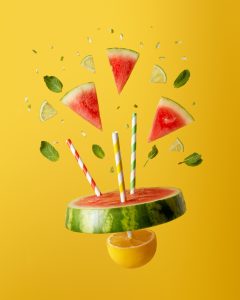 At Upfit Academy in New York, NY, it’s normal to see electrolyte replacement water. Recently, more and more bottles of vitamin water have made their way to the gym. People often drink them because they believe they offer health benefits. After all, they do contain vitamins. These are water-soluble and include vitamins C and many B vitamins. Some contain vitamins A and E and the minerals magnesium, potassium, zinc, manganese, and chromium. It sounds like an easy way to boost nutrition, but is it really that good for you?
At Upfit Academy in New York, NY, it’s normal to see electrolyte replacement water. Recently, more and more bottles of vitamin water have made their way to the gym. People often drink them because they believe they offer health benefits. After all, they do contain vitamins. These are water-soluble and include vitamins C and many B vitamins. Some contain vitamins A and E and the minerals magnesium, potassium, zinc, manganese, and chromium. It sounds like an easy way to boost nutrition, but is it really that good for you?
It’s a better option than drinking a soft drink.
If you hate plain water and prefer a sugary drink, vitamin water may be an option. It can boost your intake of vitamins while reducing your intake of soft drinks. That’s a plus. There is always a catch or a downside. In this case, there are several. The first is using it as an alternative to a healthy diet. Good nutrition doesn’t work that way. You need to eat whole foods, not just take supplements. Whole foods provide more than just vitamins and minerals. They provide phytonutrients that work with the vitamins and boost their effectiveness.
The vitamin water with or without electrolytes may be helpful, but there are other considerations.
Yes, you can get too much vitamin C, and B, so take it easy on the vitamin water. It can be tough on your kidneys and digestive system. Too much vitamin C can cause diarrhea. Water-soluble vitamins are flushed out in the urine by the kidneys when you consume more than you need. That can make it hard on the kidneys, especially if you already have a preexisting kidney condition. Others may contain vitamins A and E, which can accumulate in the body and create problems.
There’s a lot of sugar in most types of vitamin water.
Sugar causes inflammation and can lead to obesity. Even worse, a diet high in sugar can create a vitamin C deficiency. Animals make their own vitamin C from glucose—sugar. Man lost that ability long ago. Vitamin C and glucose enter the cells through the same receptors, the Glut-1 receptors, so they compete to enter the cells where vitamin C is necessary. Those receptors prefer glucose to vitamin C, so it blocks the entry. The inflammation and free radicals released by the sugar make vitamin C even more necessary, leaving you worse than when you started.
- Some people may benefit from the extra B vitamins in vitamin water. B12 and folate are important for pregnant women and those considering pregnancy.
- The added sugar in vitamin water can increase risk factors for diabetes, tooth decay, heart disease, and obesity. One bottle may have as much as 100% of the daily recommended limit for sugar.
- Some vitamin waters are zero-calorie and use artificial sweeteners. Studies show artificial sweeteners increase waist circumference and belly fat.
- If you worry, you’re deficient in a vitamin, taking a supplement is far less expensive. Eating healthier is even better and provides all the phytonutrients as well.
For more information, contact us today at UpFit Training Academy

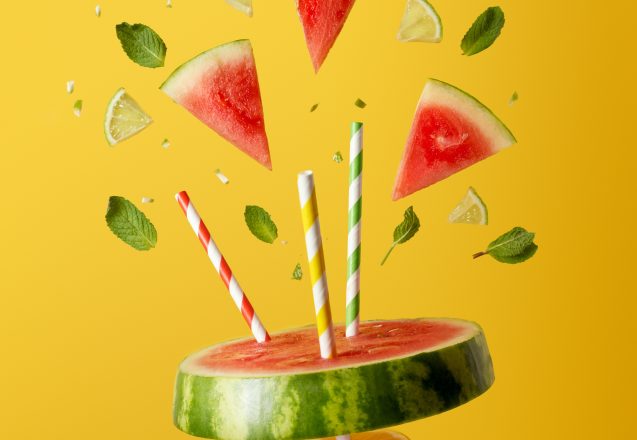

 Could doing something as simple as having a cup of tea boost your weight loss? It can. This simple tool can supplement other tactics and techniques to help you lose weight. It won’t replace a healthy diet or regular exercise, but it will help shave off a few extra pounds over several months and can help you maintain your weight loss.
Could doing something as simple as having a cup of tea boost your weight loss? It can. This simple tool can supplement other tactics and techniques to help you lose weight. It won’t replace a healthy diet or regular exercise, but it will help shave off a few extra pounds over several months and can help you maintain your weight loss.
 Eating disorders have only been widely recognized as an illness in the last 50 years, although these disorders have existed for centuries. In the Middle Ages, starving oneself was a way of cleansing the soul, and the spiritual aspect continued through centuries. As the beauty type changed from rounded, full-figured women to lithe, thin ones, eating disorders became more prominent as a way to gain beauty. Today, the cause is unknown since many factors can lead to eating disorders. Regardless of the cause, it can then lead to other mental health issues.
Eating disorders have only been widely recognized as an illness in the last 50 years, although these disorders have existed for centuries. In the Middle Ages, starving oneself was a way of cleansing the soul, and the spiritual aspect continued through centuries. As the beauty type changed from rounded, full-figured women to lithe, thin ones, eating disorders became more prominent as a way to gain beauty. Today, the cause is unknown since many factors can lead to eating disorders. Regardless of the cause, it can then lead to other mental health issues.
 One diet that’s gained popularity in New York, NY is the Paleo diet. If you’re on the Paleo diet, you eat like cavemen, sans the brontosaurus burgers. It’s based on the concept that our bodies were healthier when we ate the food that grew before farming began and eating food that’s more genetically matched to our bodies could keep you healthy and thin. Since cavemen didn’t farm, grains were not part of every meal. Milk products weren’t either, and neither were legumes.
One diet that’s gained popularity in New York, NY is the Paleo diet. If you’re on the Paleo diet, you eat like cavemen, sans the brontosaurus burgers. It’s based on the concept that our bodies were healthier when we ate the food that grew before farming began and eating food that’s more genetically matched to our bodies could keep you healthy and thin. Since cavemen didn’t farm, grains were not part of every meal. Milk products weren’t either, and neither were legumes.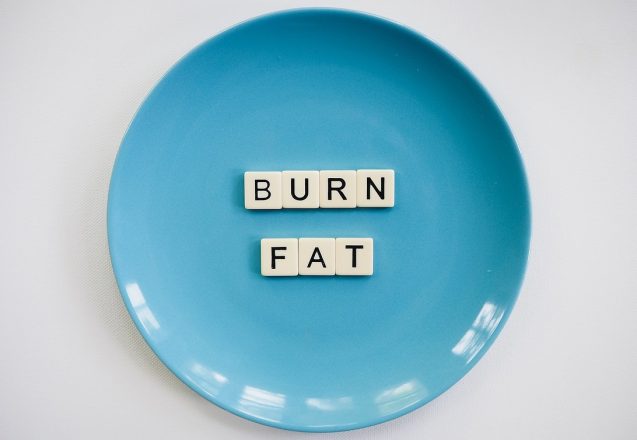
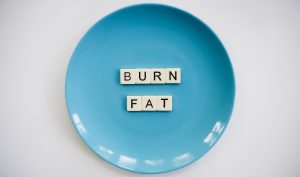 You can achieve your goal to lose weight quicker and more effectively with these easy ways to burn fat. They won’t replace having a healthy diet or a program of regular exercise but will increase the amount of fat you’ll lose and help you reach your goal faster. These tips will also help you prevent regaining the weight and end the yo-yo weight loss often experienced by many.
You can achieve your goal to lose weight quicker and more effectively with these easy ways to burn fat. They won’t replace having a healthy diet or a program of regular exercise but will increase the amount of fat you’ll lose and help you reach your goal faster. These tips will also help you prevent regaining the weight and end the yo-yo weight loss often experienced by many.
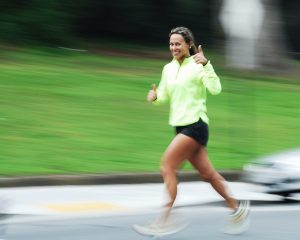 Runners are no different from other athletes. They require a healthy diet. That’s where the similarity ends. There are tweaks to make each diet more appropriate for the sport. Even within running, the pantry staples will vary from those who run marathons to people who run sprints. Marathon runners need carb-loading with meals that include pasta, while sprint runners, who also use carbs, need to focus more on fruits and vegetables for carbs. What does the average runner require for pantry staples? While it will vary based on other goals, here are a few suggestions that most runners should have.
Runners are no different from other athletes. They require a healthy diet. That’s where the similarity ends. There are tweaks to make each diet more appropriate for the sport. Even within running, the pantry staples will vary from those who run marathons to people who run sprints. Marathon runners need carb-loading with meals that include pasta, while sprint runners, who also use carbs, need to focus more on fruits and vegetables for carbs. What does the average runner require for pantry staples? While it will vary based on other goals, here are a few suggestions that most runners should have.
 Living in New York, NY, it seems like everything is rushed. It’s definitely a fast-moving town. The fast pace can change habits, including how we eat. I’m not talking about the food itself, but how fast you eat it. Like the hustle and bustle of the city, people eat food at a furious pace, with mindful eating at a minimum. There’s no leisurely meal here for many people. It’s a city of good food and lots of it, which also means big servings. It makes portion control difficult too. Conquering these two concepts can make a huge difference in your weight loss program.
Living in New York, NY, it seems like everything is rushed. It’s definitely a fast-moving town. The fast pace can change habits, including how we eat. I’m not talking about the food itself, but how fast you eat it. Like the hustle and bustle of the city, people eat food at a furious pace, with mindful eating at a minimum. There’s no leisurely meal here for many people. It’s a city of good food and lots of it, which also means big servings. It makes portion control difficult too. Conquering these two concepts can make a huge difference in your weight loss program.
 Organic food includes both produce and animal products. GMO produce is also included in non-organic selections. Organically grown fruits and vegetables are lower in pesticides and chemicals. Every year the EWG—Environmental Working Group makes a “Clean 15” and “Dirty Dozen” list. The organic label extends beyond produce; it also is used for animal products. Are there reasons for choosing organic animal products?
Organic food includes both produce and animal products. GMO produce is also included in non-organic selections. Organically grown fruits and vegetables are lower in pesticides and chemicals. Every year the EWG—Environmental Working Group makes a “Clean 15” and “Dirty Dozen” list. The organic label extends beyond produce; it also is used for animal products. Are there reasons for choosing organic animal products?
 I love New York, NY, but I also think that all the wonderful things it offers come at a price. The price can include stress, illness, and obesity. Those factors may be what’s driving people to adopt primal living. Primal living doesn’t mean you have to go live in caves or search the park for small creatures or plants to eat. Rather, it’s about taking a step back from all the hubbub and looking at the many changes in lifestyle since man first walked erect.
I love New York, NY, but I also think that all the wonderful things it offers come at a price. The price can include stress, illness, and obesity. Those factors may be what’s driving people to adopt primal living. Primal living doesn’t mean you have to go live in caves or search the park for small creatures or plants to eat. Rather, it’s about taking a step back from all the hubbub and looking at the many changes in lifestyle since man first walked erect.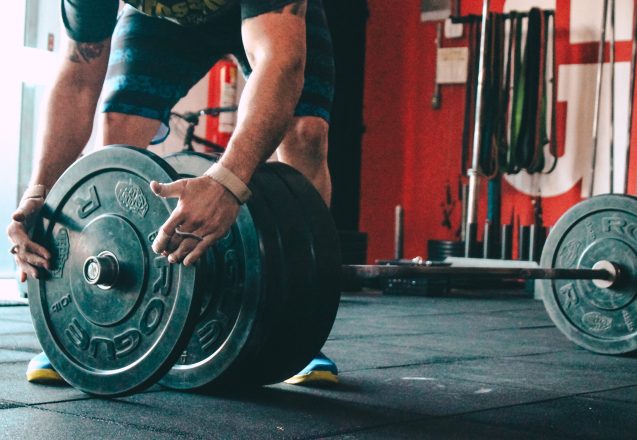
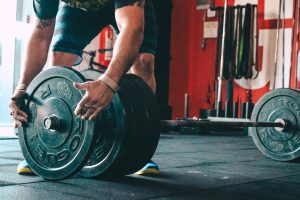 No matter what your age, goal, or gender, strength training is important. Improving your strength requires you to do exercises that require pulling or pushing against a resistance. Doing bodyweight exercises, using gravity, and the weight of the body and resistance bands are two ways, but you can also lift weights. Lifting weights is beneficial for everyone, including older individuals and women. Most women worry that they’ll build big, bulky muscles, but it’s almost impossible to do. Instead, they’ll get svelte, lean muscle mass.
No matter what your age, goal, or gender, strength training is important. Improving your strength requires you to do exercises that require pulling or pushing against a resistance. Doing bodyweight exercises, using gravity, and the weight of the body and resistance bands are two ways, but you can also lift weights. Lifting weights is beneficial for everyone, including older individuals and women. Most women worry that they’ll build big, bulky muscles, but it’s almost impossible to do. Instead, they’ll get svelte, lean muscle mass.